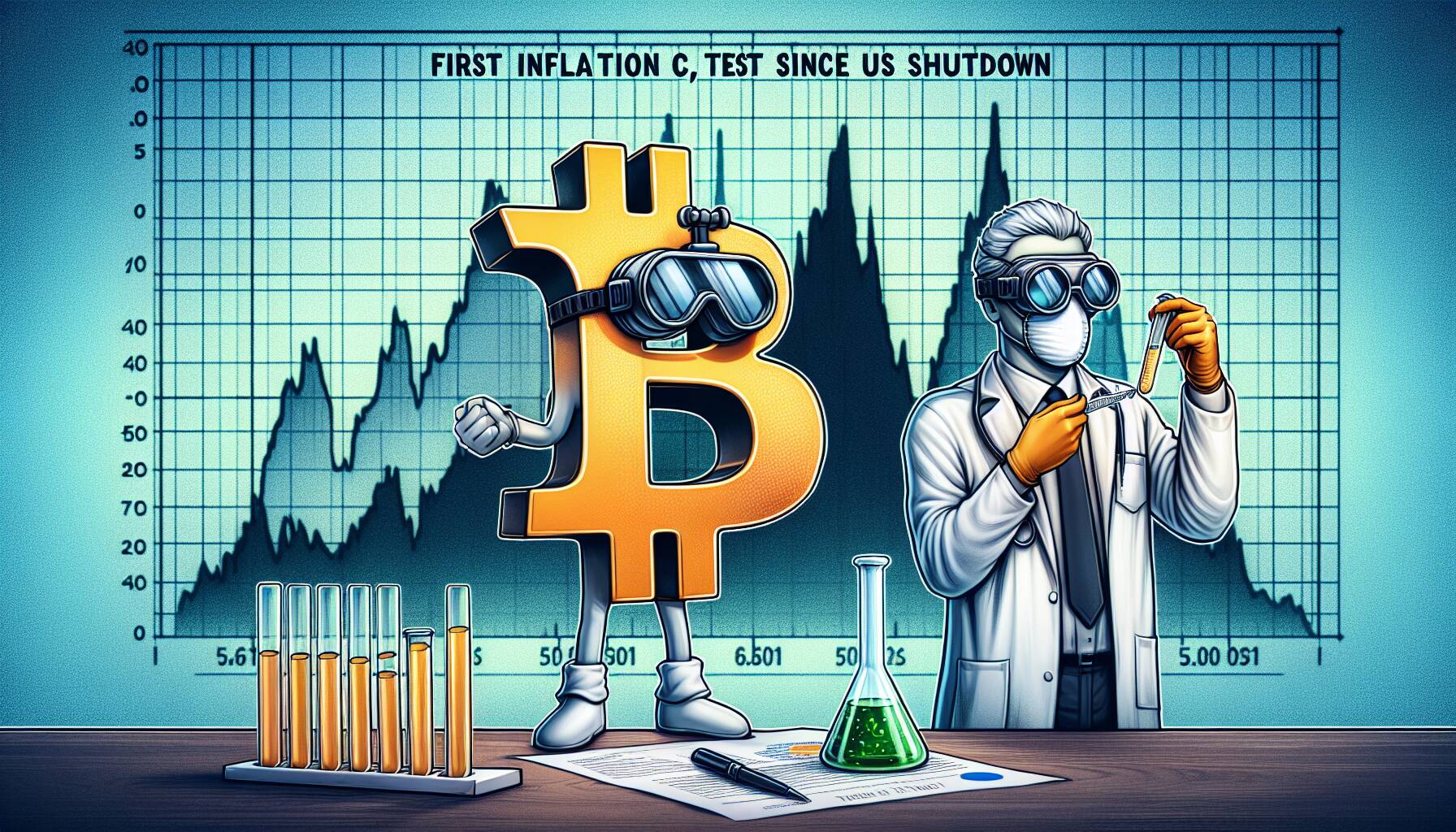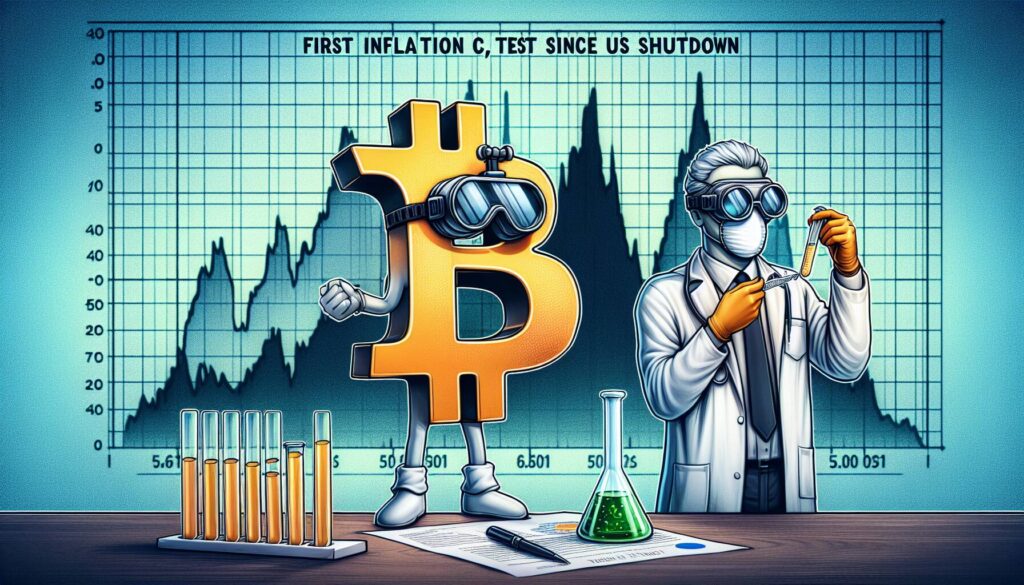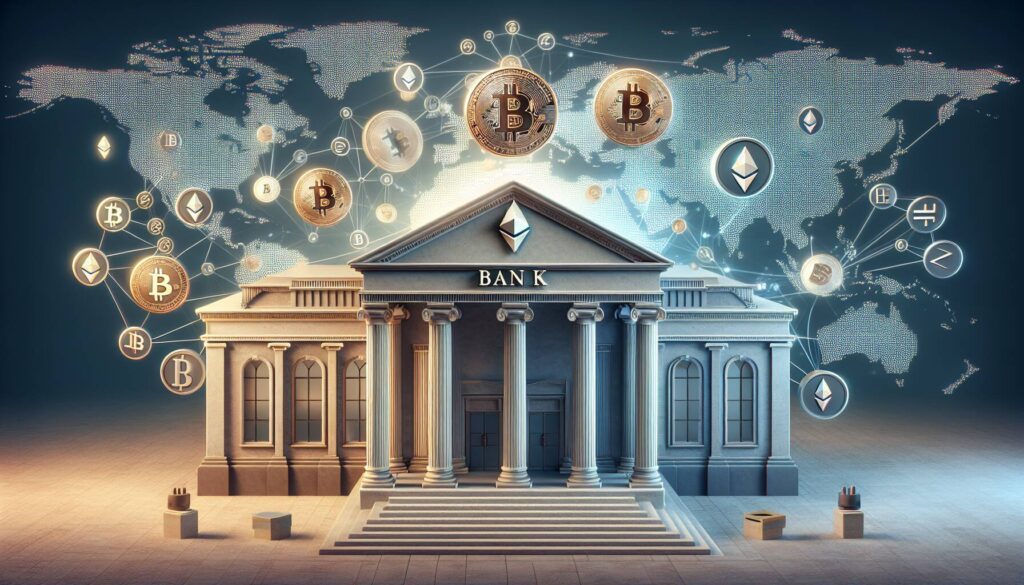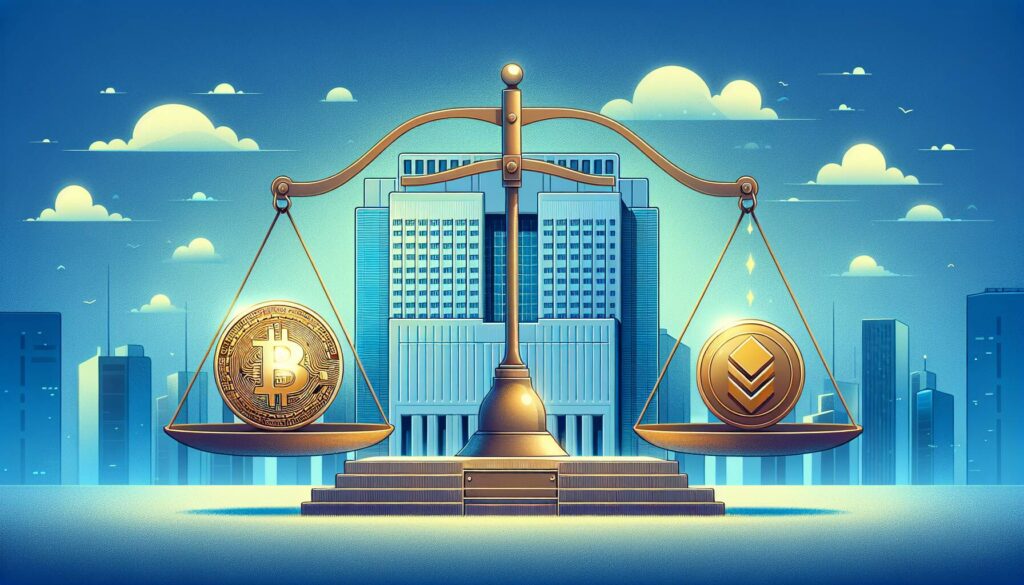The cryptocurrency market is gearing up for a significant moment as Bitcoin faces its first major inflation test following the recent US government shutdown. This anticipated event has captured the attention of investors and analysts alike, prompting discussions about Bitcoin’s role as a hedge against inflation in uncertain economic climates.
As both traditional and digital markets react to the fluctuations caused by fiscal policy changes, the spotlight remains on Bitcoin’s performance. Historically, cryptocurrencies have garnered interest during times of economic instability, with many viewing Bitcoin as a digital equivalent to gold. This expectation is further fueled by concerns surrounding inflation rates and the potential challenges posed by governmental economic measures.
“With the US government shutdown affecting fiscal policy and economic outlook, all eyes are on how Bitcoin will navigate this inflationary pressure,” industry experts say.
In the coming days, Bitcoin’s movements will not only reflect market sentiment but may also provide insights into the broader implications for cryptocurrencies as they become increasingly integrated into the financial landscape. Investors are closely monitoring the situation, eager to see how this historic test will shape the future of Bitcoin amidst evolving economic conditions.

Bitcoin Braces for First Inflation Test Since US Shutdown
The following key points summarize the critical aspects of the article:
- Inflation Concerns: Bitcoin’s performance is being tested amid rising inflation rates.
- Market Reactions: Investors are closely watching how Bitcoin reacts to economic shifts post-US shutdown.
- Investor Sentiment: Changes in sentiment could lead to increased volatility in cryptocurrency markets.
- Historical Context: This situation marks the first significant inflation test for Bitcoin since the US government shutdown.
- Long-term Implications: Outcomes may impact Bitcoin’s perception as a hedge against inflation for future investors.
Understanding these dynamics is critical for readers considering investment strategies in light of economic conditions.
Bitcoin Faces Its First Inflation Test Amid US Shutdown
The recent developments surrounding Bitcoin have placed it in the spotlight as it prepares for a critical inflation test following the US shutdown. This situation presents both competitive advantages and disadvantages compared to recent market news. On one hand, Bitcoin’s decentralized nature positions it as a hedge against inflation, attracting investors concerned about traditional currency depreciation. This narrative is strengthened as more people seek alternatives in response to fiat currency fluctuations. Additionally, Bitcoin’s growing acceptance among institutional investors provides further validation, sparking increased interest at a time when traditional markets are uncertain.
However, there are drawbacks to consider. Bitcoin’s price volatility can deter risk-averse investors who might prefer the stability of established assets during uncertain times. While some view the current circumstances as a unique opportunity to accumulate Bitcoin, others may be hesitant due to the potential for significant price swings. Furthermore, the regulatory environment remains a looming challenge, as government interventions could impact Bitcoin’s perceived safety as an investment refuge.
This scenario could greatly benefit early adopters and savvy investors who understand market dynamics and possess a high-risk tolerance. Conversely, this environment may pose challenges for those new to cryptocurrency investing, as the steep learning curve and high volatility can result in substantial losses. In this intricate financial chess game, Bitcoin’s resilience could shape it as a preferred asset for some, while others might find themselves on the sidelines, navigating the complex landscape of inflation and market sentiment.

















